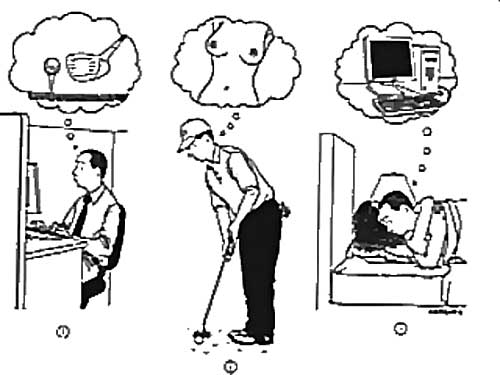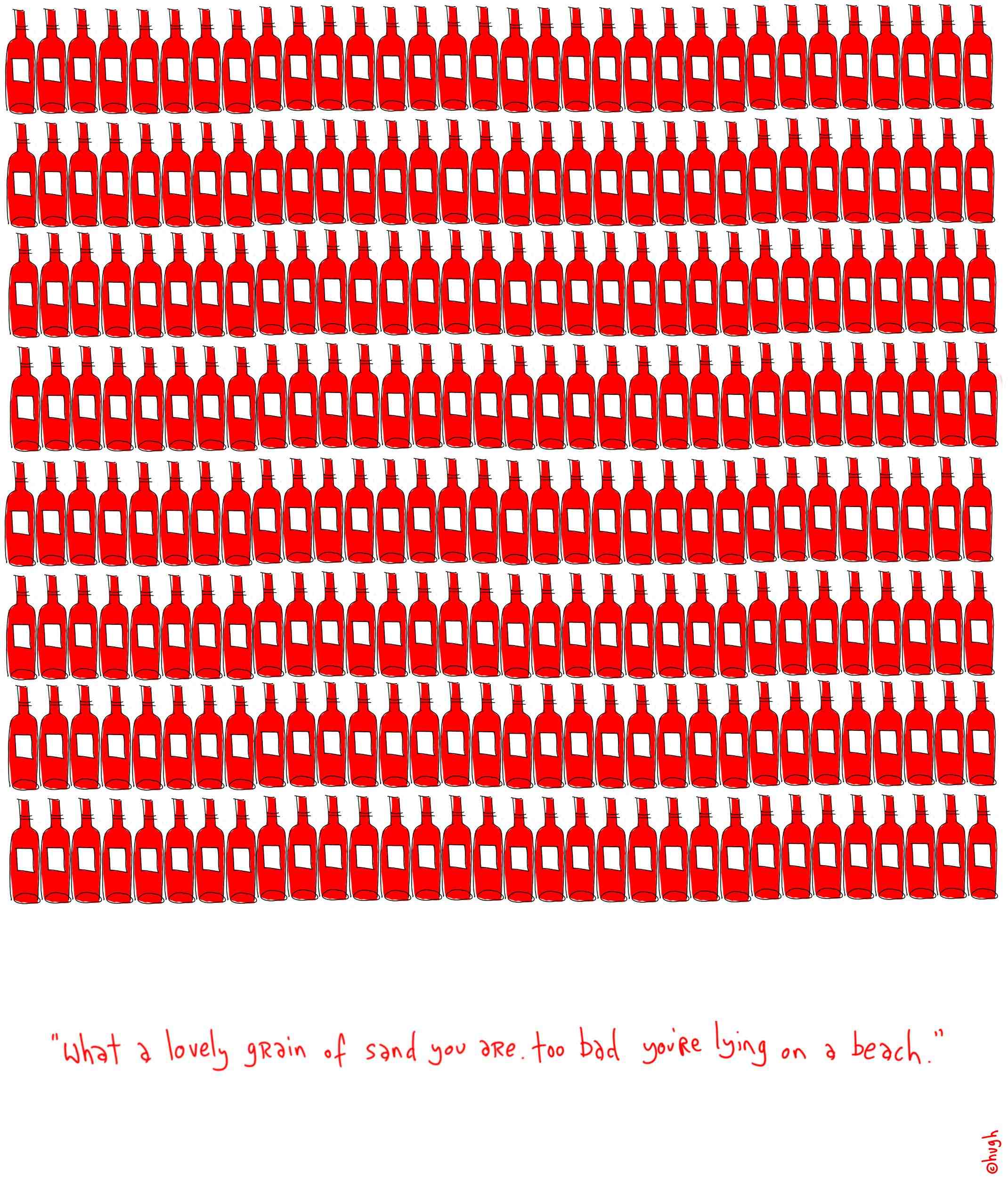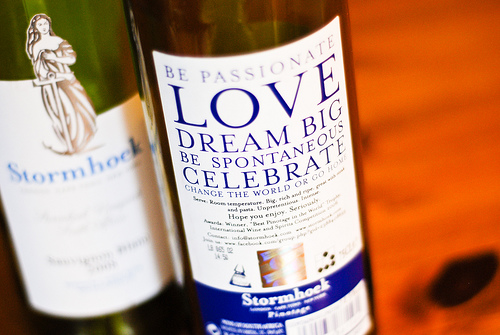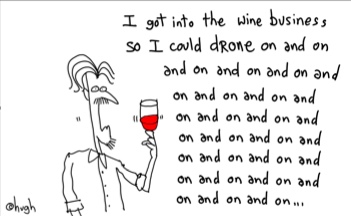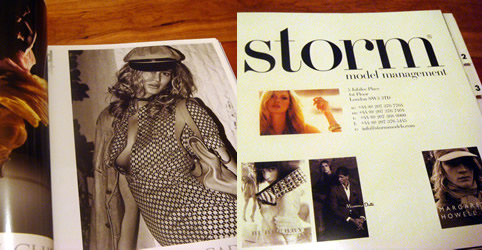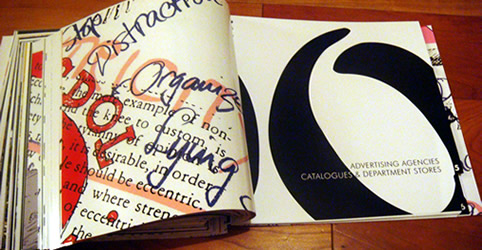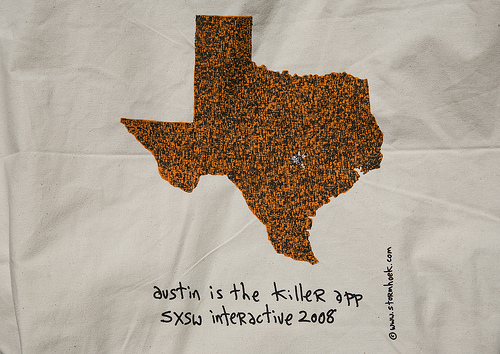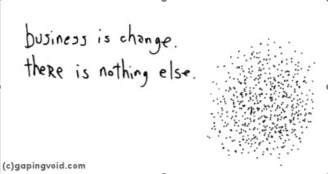The Long Tail for Wine?
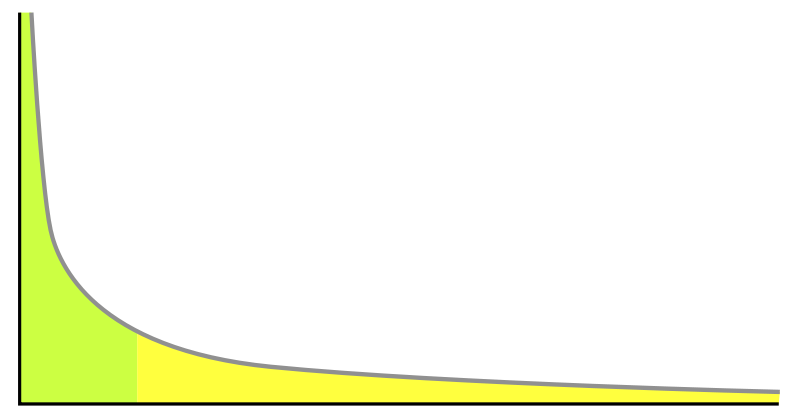
There continues to be a lot of discussion in the wine world about “The Long Tail”, and am sorry to have to go against the prevailing trend and advise that there is no “Long Tail” for wine – at least not in the ‘category killer retailer’ sense.
For those who are unfamiliar with the concept, a few years back, Chris Anderson, Editor-in-chief of Wired Magazine, wrote a book entitled “The Long Tail”: Why the Future of Business is Selling Less of More. In this book, he put forth a case that describes the niche strategy of businesses, such as Itunes or Netflix, that sell a large number of unique items, each in relatively small quantities, and the belief the business done with the small volume items, when taken together, can in fact be larger than the sales of the few high volume items.
On the face of it, wine would seem to be the perfect “Long Tail” category. Tens of thousands of producers, millions of SKU’s, lots of passionate consumers. However, digging in a bit more, it becomes clear that wine, as a product, does not fulfill some of the basic requrements of being a ‘Long Tail’ product.
The Long Tail requires some fundamental conditions that do not and never will apply to wine – I’ll mention only three of the biggest obstacles to wine being a Long Tail product:
1) Storage: The issue is obvious here: You can store a music file on a server at virtually no cost, which can be downloaded millions of times at no incremental cost to the retailer (other than bandwith). Even for books, you can build a large warehouse, without worrying about temperature control, regulations and distance from the producer, and hold vast quantities of titles at relatively little cost. Not so with wine.
2) In the US, anyway, wine cannot be sold to retailers on consignment. This means that the retailer is going to have to invest vast amounts of capital in the skinny part of the tail, which in and of itself, will make the model unsustainable. There are ways around this legally, but they will require complicity from suppliers in subverting the existing distribution model, and I doubt any major importer/winery will want to do this.
3) Shipping is a nightmare. Hard to do it in the heat of the summer, breakage an issue, heavy, expensive to move. Compare this to a book, or any digital file delivered over the internet and the challenge is very clear.
Amazon has been getting into the wine business since 2005. Amazon defines the Long Tail model, and today when I searched their site, I found wine books, wine accessories, but no wine. For a business that changed the retail scene virtually overnight, that is a long time for nothing to happen- and I suspect a symptom of the fact that it is hard to use their model for wine.
So, while The Long Tail may be a fantastic model for books, music and software, it doesn’t really work for wine, and I think that to the extent that retailers are interested in new models for the category, this is not one of them. Having said this, there is probably a model for linking together existing inventories of retailers in some seamless fashion as an aggregator, and this is perhaps already being done, but it isn’t quite the same thing.
I relied heavily on this excellent Wiikpedia article, which spells The Long Tail theory.


